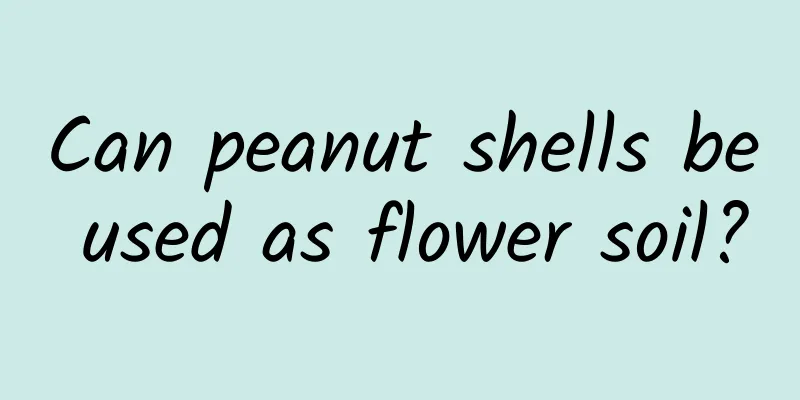When is the right time to sow oil wheat?

Oilseed wheat sowing timeOil wheat, also known as Xiaomai, is a type of oat. It has strong stress resistance and good adaptability. It is both cold-resistant and drought-resistant. It can be planted in both sandy and loamy soil. It is widely distributed in the Northwest and North China regions, and is more common on hillsides and mountains. Oil wheat is generally planted in spring and autumn. In spring, it is usually planted in April because the climate is relatively mild at this time, which is suitable for seed germination. In autumn, it is generally planted in August-September, when the temperature is more suitable for its growth and development. Oil wheat sowing method1. Planting time: If you are planting oil wheat on a large scale, it is best to choose mid-June for sowing, because the temperature and warming are suitable for growth. However, there are more weeds at this time. At this time, plowing and sowing operations can complete the sowing and achieve the purpose of weeding and pest control. If there are no special circumstances, no other field management is required during the entire growing period. 2. Planting method: Production practice has proved that the best method for planting oil wheat is: first plow the land, then rotary tillage, and finally planting. The advantage of this operation is that it can both conserve moisture and kill weeds, and the sowing depth is consistent, which is conducive to simultaneous germination and harvesting. 3. Planting order: When planting oil wheat, plant the beach first and then the sandy land, and first the depression and then the sloping land. In this way, the maturity period of naked wheat can be adjusted by sowing time. Oilseed wheat harvest1. Harvest time: When 80% of the wheat in the field turns yellow, it is time to harvest. Do not wait until all the wheat turns yellow before harvesting, as this will easily cause grains to fall off and affect the yield of oil wheat. 2. Climate change: When most of the oil wheat has turned yellow but it is not yet time to harvest, special attention should be paid to the local climate, especially the weather changes in the next few days. If there may be strong winds, freezing rain or snowfall, harvest early to avoid unnecessary losses. 3. Stacking after harvest: Freshly harvested oil wheat must be stacked separately and must not be piled up in large piles, as this can easily cause high internal temperature, mold and deterioration. It must be turned over and dried at any time. |
<<: When is the best time to sow roses?
Recommend
Put some of it at the bottom of the pot in autumn, and the flowers will have strong roots, dark green leaves, and bloom continuously for 30 years!
Put some wet paper towels at the bottom of the po...
How to grow the Dancing with Grace succulent
The Dancing Plant was originally distributed in S...
How to make dianthus bloom
1. Flower soil Using suitable soil for growing di...
Which month is best for sowing long beans without frames?
Many farmers grow beans by trellis cultivation, w...
Why is the lucky tree losing its leaves?
The lucky tree has become a popular choice for ho...
What is the legend of the ginger lotus?
1. Flower language of ginger lotus 1. Noble and e...
Chrysanthemum planting prospects and profits (what are the economic benefits and sales prospects of chrysanthemum planting)
Chrysanthemum is not only for viewing, but also h...
Cultivation methods and precautions of weeping willow
1. Maintenance methods 1. Substrate selection: Wh...
Can mint be grown in sand?
Can mint be grown in sand? Generally, mint can be...
Is planting forsythia profitable? Planting technology and benefit analysis
Is planting forsythia profitable? Forsythia is a ...
Do daffodils prefer shade or sunlight?
Do daffodils prefer shade or sun? Narcissus is a ...
How to water lily potted plants
Key points for watering lily potted plants In spr...
Cultivation methods and precautions of round-leaved philodendron
The round-leaved philadelphus is relatively easy ...
How to graft Viburnum
1. Material selection This step is very important...
How to breed Euphorbia
Propagation by cuttings First choose the cuttings...









